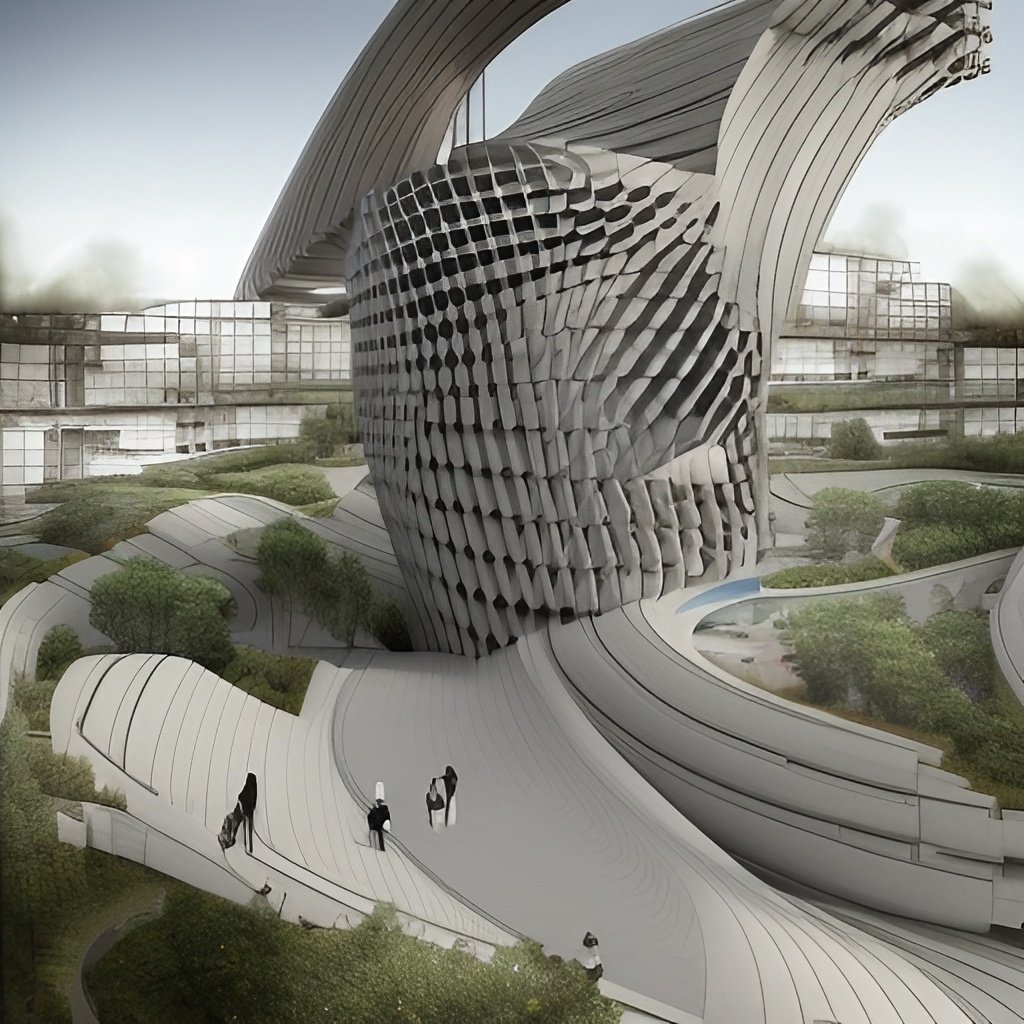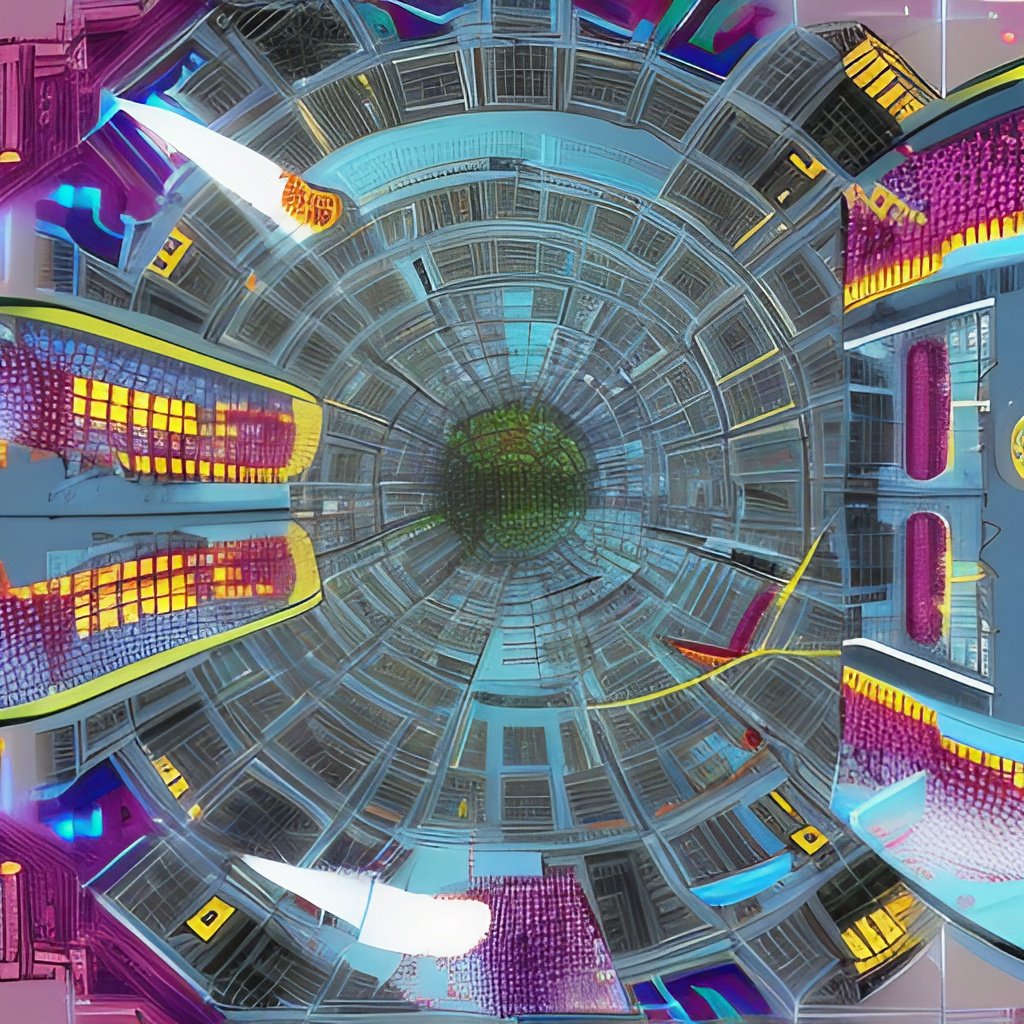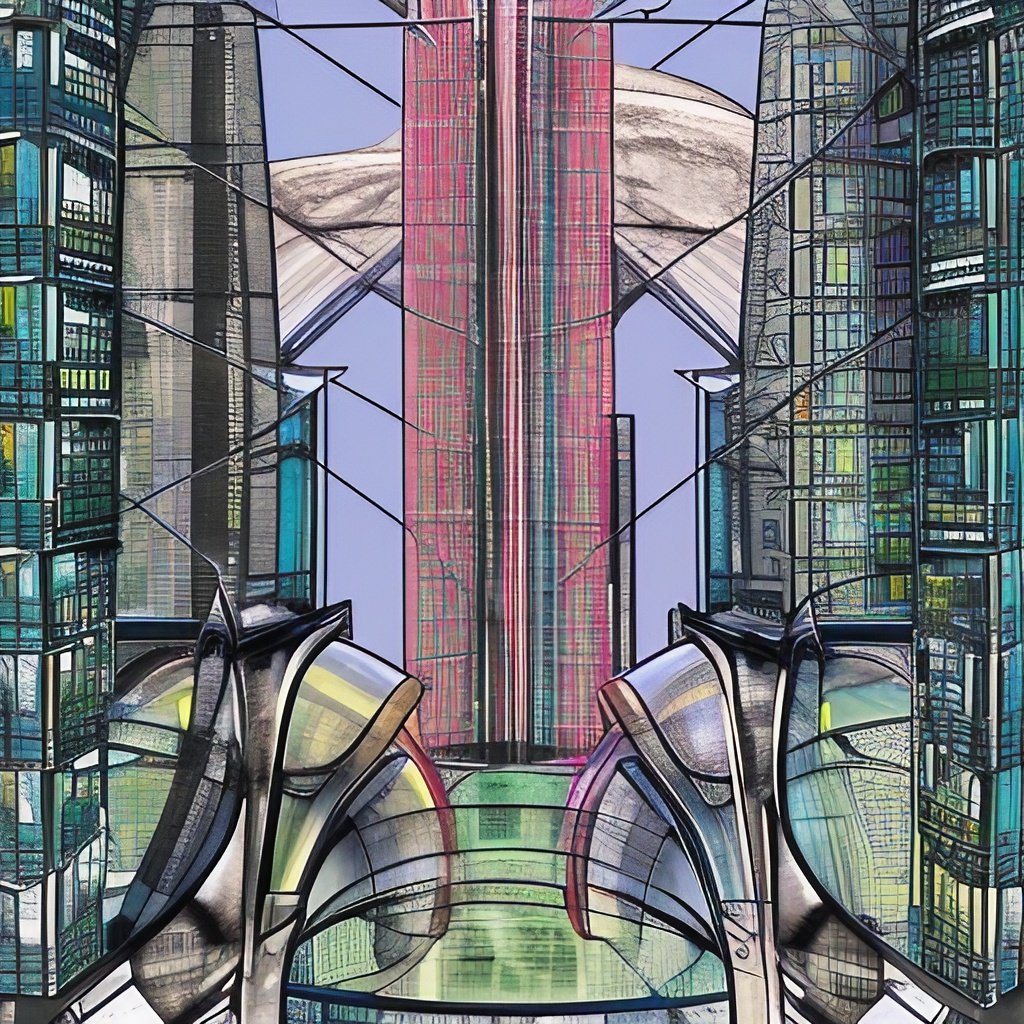Architecture has not always captured the attention of Western philosophy, like other artforms have.

Although certain themes, such as the nature of architecture and its connections to larger philosophical concerns, are perennial, there is no established canon or framework for a philosophy of architecture. Instead, this field is still developing through ongoing conversations.
Architecture is the study and practice of designing buildings and their environments. This multidisciplinary field includes elements from art, science, engineering, business, geography and mathematics.
Architects are highly-skilled craftsmen who design and construct structures according to aesthetic and functional criteria. For centuries, their creations have served as cultural icons and political statements alike.
The word architecture comes from the Greek arkhitekton, meaning "master builder." This was the role of all skilled artisans in ancient Greece.
Architecture has evolved into a profession, creating spaces that enhance people's quality of life and build meaningful and content communities. Architectural designs have an immense effect on those who inhabit them both physically and psychologically.

Aesthetics is the study of how art, performance art, architecture, gardens, visual design, fashion design music film and food affect our senses. This field encompasses all forms of creativity and artistic expression and has become important to many around the world.
Aesthetic criteria can range from the integrity of materials and manufacturing processes to a focus on function. But they all share an aesthetic goal; to create harmony between means and ends.
Sport is often driven by aesthetics, where achieving an objective is all that matters; on the other hand, architects often have a long list of criteria they consider when creating their designs.
These criteria include symmetry, proximity, similarity, continuation and repetition. They are used to judge an object's beauty and inspire designers to develop high design aesthetics.

Ethic is a system of moral principles that determine what is perceived as good and bad. This encompasses values, duties and responsibilities.
Architects must recognize their duties towards society and the environment, which forms the basis of their code of conduct.
It is essential to remember that ethics are highly personal matters and there is no single right or wrong answer. Every business is unique with its own set of ethical standards they follow.
It is essential to recognize two kinds of ethics: duty-based and outcome-based. Duty-based ethics evaluates an action or decision according to whether it promotes the greatest good for all involved.



Architecture will remain an essential profession as long as humans need shelter from the elements. But what will it look like in the future?
Architects have long relied on experience and intuition to make decisions. But today, data is an increasingly valuable resource; thus, architects need to be able to organize and extract value from it.
In the past, architects communicated with clients through drawings, writing, and verbal presentations. Nowadays, they're using new channels like email and social media to keep in touch.
Future: Architects should be prepared for the new communication methods they'll need in order to be successful. They should focus on anticipating these adjustments rather than simply learning how to utilize traditional channels of communication.



The future of architecture may involve less construction of large, futuristic structures and more green living. This trend will be evident both in residential design as well as commercial spaces.
In recent years, the trend of eco-friendly architecture has been on the rise. Rather than constructing large buildings that are disconnected from nature, architects have begun to emphasize green living and sustainability in their designs, both for residential and commercial spaces. Let’s take a look at how this shift towards eco-friendly architecture is taking place.
One of the most significant aspects of eco-friendly architecture is the use of green design and materials. Architects are now focused on designing energy efficient and sustainable buildings that can reduce energy costs while being aesthetically pleasing. This includes the use of locally sourced materials such as wood, stone, and bricks that can help reduce waste. Additionally, architects are paying more attention to solar power, passive cooling techniques, and natural ventilation systems when constructing their buildings.
Another key element of eco-friendly architecture is its connection with nature. Gone are the days when large skyscrapers dominated city skylines; instead, architects are now opting for smaller structures that blend in with their surroundings. This means utilizing existing landscape features such as trees or mountains to create an environment that feels more connected to nature rather than disconnected from it. Additionally, some architects are incorporating green roofs or terraces into their designs to further emphasize this connection with nature.
Finally, eco-friendly architecture seeks to create sustainable communities rather than merely building individual structures. This includes thoughtful urban planning that emphasizes walkability and bikeability while also promoting access to public transportation options and green spaces such as parks or gardens where people can relax or exercise outdoors. By creating these types of communities, architects are able to move away from traditional car-centric cities that have become so common in recent decades.
The trend toward eco-friendly architecture has been gaining steam in recent years as more people become aware of its benefits for both individuals and society as a whole. By using locally sourced materials, integrating structures with nature, and creating sustainable communities designed for walkability and bikeability, architects can help build a better future by emphasizing green living over construction of large futuristic structures. It remains to be seen how this trend will develop over time but one thing is certain – eco-friendly architecture is here to stay!

Immerse yourself in architecture’s most boundary-pushing ideas—where innovative home improvements meet visionary urban developments. Discover new building techniques, materials, and creative concepts that are redefining how we shape our spaces on a global scale.